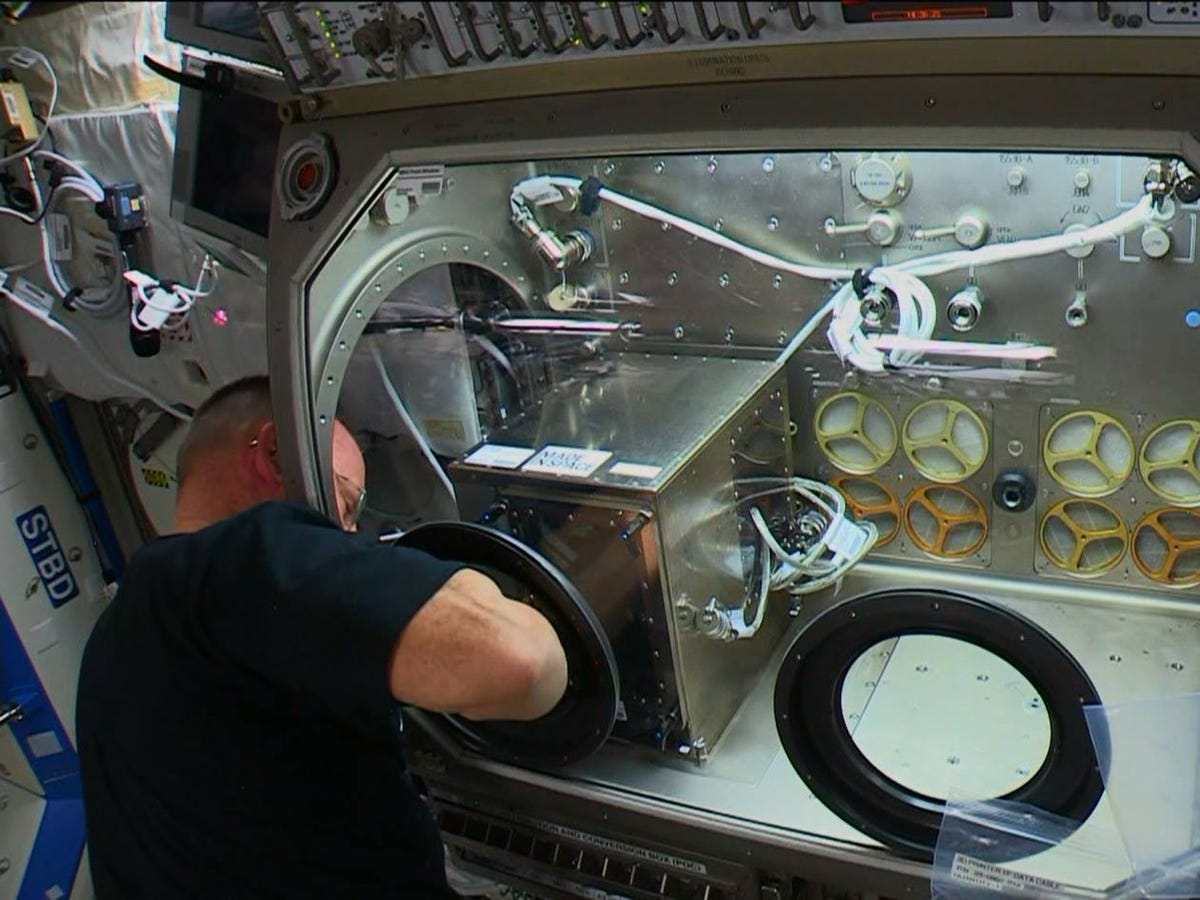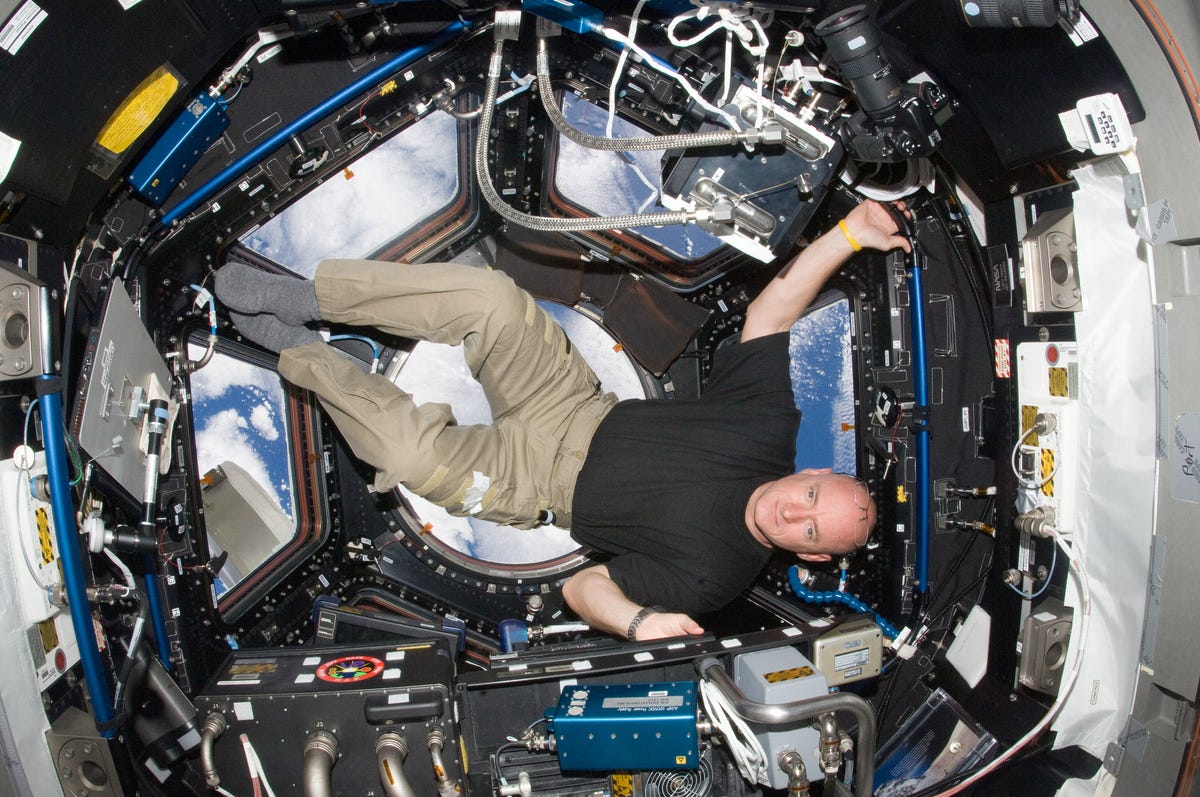NASA's 20-year road map for getting us to Mars (pictures)
NASA recently outlined its plan to get astronauts to Mars roughly two decades from now. Here are some of the biggest planned milestones it hopes will make that happen.

Space station research
NASA released a plan on Thursday (PDF) that explains how it intends to send astronauts on a round-trip journey to Mars in about 20 years. The report, titled "NASA's Journey to Mars: Pioneering Next Steps in Space Exploration," is meant to sum up the agency's goals and approach for making the first footprints on Martian soil.
So far, lawmakers have criticized the report for being a little scant on details. To save you time, we pulled out the biggest landmarks of the planned journey between today and the 2030s.
The first steps are already under way now on the International Space Station, where technologies like 3D printing that can help enable and support survival in deep space are being tested.
Click through the gallery for 10 more big steps NASA hopes will move us from the present to the Red Planet.

Living in space
Astronaut Scott Kelly is currently spending a full year aboard the International Space Station to help NASA understand how the human body reacts to long periods in microgravity, like during the months-long trip to Mars.
Solar electric propulsion
NASA says solar electric propulsion, or SEP, is the way to get big payloads into deep space safely without breaking the bank. It hopes to use SEP to set up a unique training ground orbiting the moon. Hit the next slide for more on that.
Stealing an asteroid chunk
One of the more interesting ways NASA will prep for Mars involves robotically grabbing a boulder from an asteroid and moving it to orbit the moon where it can be visited by astronauts.
Deep space habitat
Making the long journey to Mars while staying safe and healthy will require more than a space-worthy Winnebago. A deep-space habitat has been tested under desert conditions here on Earth and NASA hopes to launch such a habitat for missions to cislunar space in the next decade or so.
More Martian rovers
Before setting human foot on Mars, NASA plans to send more robots to scope out the scene a little more thoroughly. The planned Mars 2020 rover will test a method for making oxygen from the Martian atmosphere, among other bits of helpful science.
Space Launch System
Ferrying all the infrastructure and supplies needed to set up shop on Mars will require lots of firepower, and NASA's answer is the Space Launch System (SLS), its next-generation rocket designed with deep-space missions in mind.
Orion capsule
An Uber won't get us to Mars just yet. Fortunately, NASA has already been testing its new Orion crew capsule that could ride atop the Space Launch System to one day transport astronauts to the Red Planet.
All new gear
The Martian environment will require a rethinking and redesign of all sorts of astronaut gear, starting with the spacesuit. NASA recently held a spacesuit design challenge to kick off the process and the winner was this very sci-fi looking number dubbed the "Z-2."
The gear drop
Unlike with the moon landing, gear and other assets will need to be put in place on the surface and in orbit around Mars before astronauts arrive, kind of like having robotic porters to set up camp for you (if camp were millions of miles away).
Mars or bust!
Decades of research, development, training and prep launches will, hopefully, culminate in the landing of human astronauts in Mars. NASA's current timeline has this historic landing happening in the mid-2030s or later. Will someone else get there first? Some says the odds are in favor of it, although those colonists might not last long.

